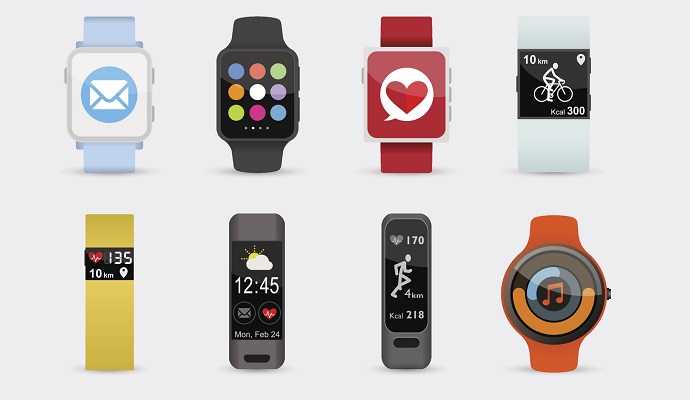Wearable Sensor May Help Curb Opioid Relapses, Overdoses
The wrist sensor is designed to identify psychophysiological signs and determine whether they are consistent with opioid cravings, researchers said.

Source: Getty Images
- Researchers from the University of Massachusetts Amherst, Syracuse University and SUNY Upstate Medical University have collaborated to create a wireless sensor designed to prevent opioid relapses and overdoses.
The opioid epidemic has steadily worsened across the country since the late 1990s. In 2019, nearly 50,000 people in the U.S. died from opioid-related overdoses, according to data from the National Institute on Drug Abuse. Further, around 21 to 29 percent of patients prescribed opioids for chronic pain misuse them, the federal data shows.
To combat this issue, the research team — headed by Tauhidur Rahman, PhD, an assistant professor in the College of Information and Computer Sciences at UMass Amherst and co-director of the MOSAIC Lab — is developing a sensor, which will use machine learning to pinpoint psychophysiological signs in real time and determine whether they are consistent with opioid cravings. Cravings are one of the main drivers behind relapses and overdoses.
If a craving is identified, the sensor providers the user with mindfulness-based interventions. These ultimately could be customized based on the user's behaviors and clinician input.
"Nothing like this exists today," Rahman said in the news release. "And we believe that mobile technologies can provide an effective mechanism for people with addiction to monitor their condition and manage their cravings better."
The sensor already appears to be effective at identifying opioid use through physiological signals. The researchers recently conducted a study and published their findings in Proceedings of the ACM on Interactive, Mobile, Wearable and Ubiquitous Technologies.
For the study, researchers assessed data from 36 people who were admitted to the hospital for an acute pain condition and received opioid analgesics as part of their clinical care. The study participants were given the wireless wrist sensor, which continuously measured physiological signals like heart rate, skin temperature, accelerometry, electrodermal activity, and interbeat interval. The researchers collected 2,070 hours, or 86 days, of sensor data and observed a total of 339 opioid administrations.
The study shows that the machine-learning sensor was able to detect an opioid administration as well as predict the exact moment of administration by analyzing the physical characteristics and physiological trends that indicate opioid use.
"So, just by looking at a watch and monitoring a few parameters, we can tell when someone has taken an opioid," Rahman said. "We have 80 percent accuracy on a high level with our current form of technology."
In addition, the sensor could be used to ensure appropriate use of prescribed opioid pain medications and prevent opioid use disorders.
"The doctor can ask the patient to wear the smartwatch and the system will track how frequently the patient is using the drug, how the patient's physiology is changing and determine if the patient is developing a dependence on opioids," said study lead author Bhanu Teja Gullapalli, a PhD student in Rahman's lab, in the news release.
This research, which was funded by the National Science Foundation's Smart and Connected Health program, can also be expanded to include other substance use disorders.
Research shows that the COVID-19 pandemic exacerbated the already growing opioid epidemic in the United States. The rate of drug overdose deaths involving synthetic opioids other than methadone, which include fentanyl, fentanyl analogs, and tramadol, increased from 11.4 per 100,000 people in 2019 to 17.8 per 100,000 people in 2020 — a 56 percent jump, according to data from the Centers for Disease Control and Prevention.
